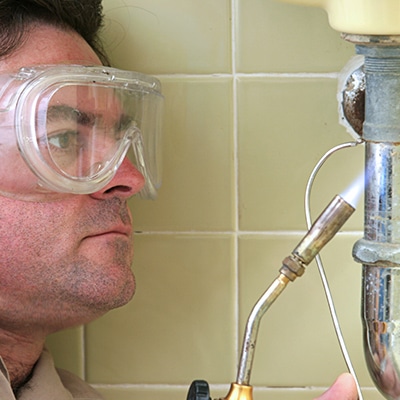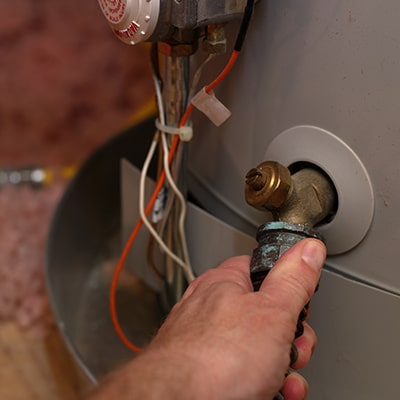Description
Instructors: Nelson Gelinas & Joshua Francis
This Course Covers:
Confined Spaces – 29 CFR 1926 – Subpart AA Confined Spaces in Construction sets forth requirements for practices and procedures to protect employees engaged in construction activities at a worksite with one or more confined spaces. Examples of locations where confined spaces may occur include, but are not limited to, the following: Bins; boilers; pits (such as elevator, escalator, pump, valve or other equipment); manholes (such as sewer, storm drain, electrical, communication, or other utility); tanks (such as fuel, chemical, water, or other liquid, solid or gas); incinerators; scrubbers; concrete pier columns; sewers; transformer vaults; heating, ventilation, and air-conditioning (HVAC) ducts; storm drains; water mains; precast concrete and other pre-formed manhole units; drilled shafts; enclosed beams; vessels; digesters; lift stations; cesspools; silos; air receivers; sludge gates; air preheaters; step up transformers; turbines; chillers; bag houses; and/or mixers/reactors.
Fall Protection – Falls are one of the most common types of serious injuries and deaths. Employers are responsible for maintaining a safe working environment, but when fall protection devices are impractical, personal fall protection equipment may be used. This course outlines the standard equipment use, maintenance and inspection requirements for harnesses, lanyards, lifelines, tethers and more.
Hazard Communication – In order to ensure chemical safety in the workplace, information about the identities and hazards of the chemicals must be available and understandable to workers. This course will outline employee Right-to-Know information, the Global Harmonizing System, Safety Data Sheets, and labels.
Personal Protective Equipment – Personal protective equipment, commonly referred to as “PPE”, is equipment worn to minimize exposure to a variety of hazards. Examples of PPE include such items as gloves, foot and eye protection, protective hearing devices (earplugs, muffs) hard hats, respirators and full body suits. This course will outline the most common forms of PPE used in the workplace.
Silica Safety – Construction workers are exposed to respirable crystalline silica in over 600,000 workplaces each year. OSHA estimates that more than 840,000 of these workers are exposed to silica levels exceeding the Permissible Exposure Limit (PEL). This one-hour course reviews OSHA regulations and the safety codes surrounding silica safety.
If you have any questions
Please call us at 1-800-727-7104 | Monday-Friday | 8am-8pm
Or send an email to info@onlinecti.com. Email responses will be returned promptly within one business day.



